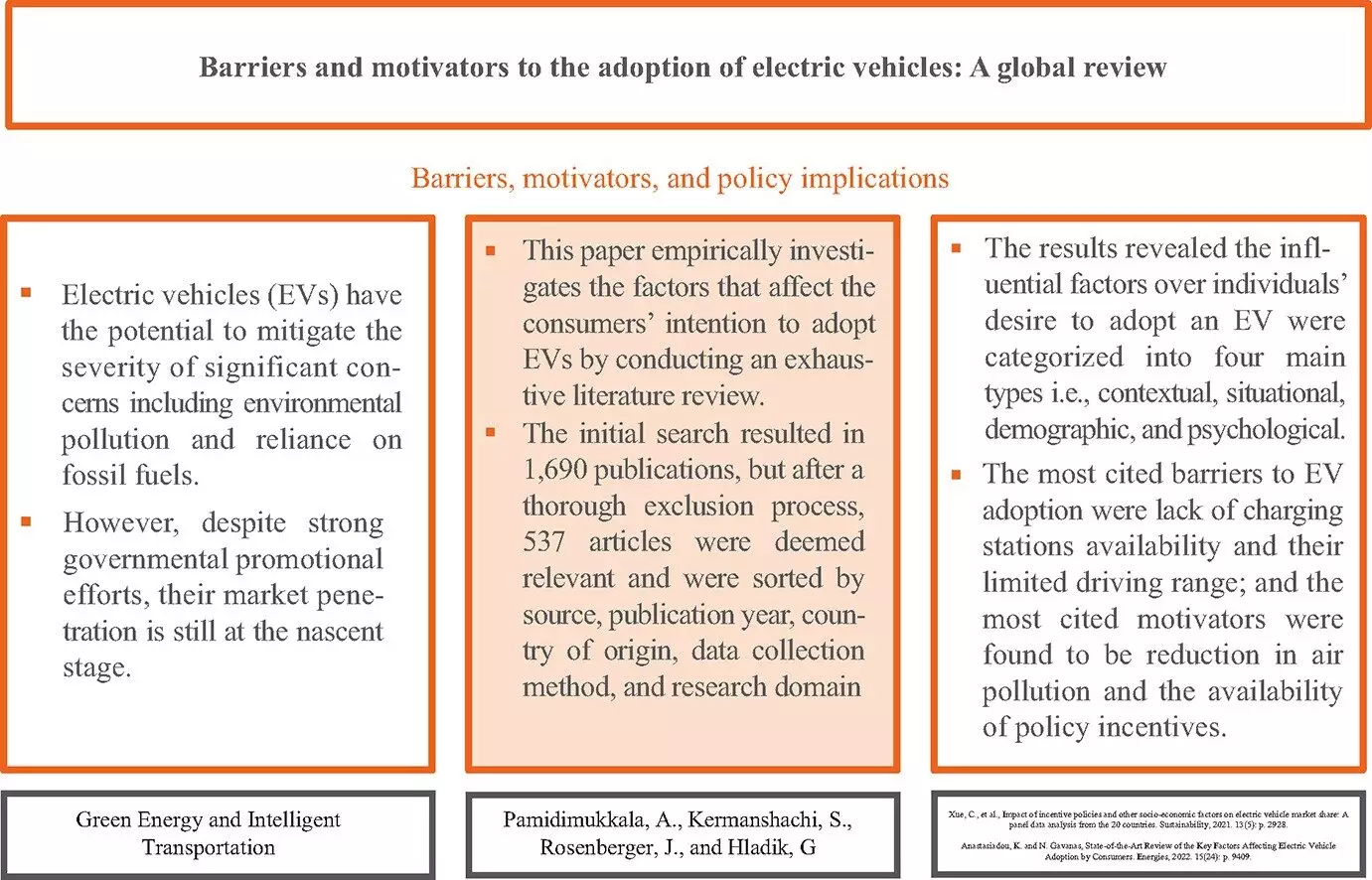Electric vehicles (EVs) have gained traction in recent years as a sustainable solution to combat critical environmental issues such as air pollution and fossil fuel dependency. The allure of EVs lies in their potential to significantly reduce greenhouse gas emissions, thereby addressing the pressing challenges posed by climate change and environmental degradation. The reduction of air pollution is identified as a primary motivator for consumers considering the switch to electric mobility.
Despite their environmental benefits, the transition to electric vehicles is not without its hurdles. High costs, concerns about charging infrastructure, and limited driving range pose significant barriers to widespread EV adoption. The scarcity of charging stations and the lengthy charging durations for EV batteries contribute to consumer hesitancy towards embracing electric mobility. These challenges underscore the early stage of EV market penetration, despite governmental endorsements and incentives.
Factors Influencing Consumer Intentions
A study synthesizing data from over 500 articles identifies four main categories impacting consumer intentions towards electric vehicle adoption: contextual, situational, demographic, and psychological factors. Contextual factors such as governmental incentives and environmental policies shape the overall adoption landscape. Situational factors, including the availability of charging infrastructure and practical cost savings, influence consumer decisions. Demographic trends reveal a preference for EVs among younger and middle-aged consumers with higher education and income levels. Psychological factors, such as environmental consciousness and technological novelty, play into emotional and ethical considerations for adopting electric vehicles.
Governments and policymakers are urged to consider a holistic approach when crafting strategies to boost EV adoption rates. Incentives such as tax rebates, subsidies for electric cars, and investments in charging infrastructure can help alleviate practical barriers hindering consumer uptake. Educational campaigns emphasizing the long-term benefits of EVs are essential in shifting public perception and fostering a robust market for electric vehicles. Targeting specific demographics, such as younger and middle-aged consumers with higher education and incomes, could be pivotal in driving future market trends towards increased electric mobility.
Despite the challenges on the road to widespread electric vehicle adoption, the potential environmental and economic benefits make it a journey worth pursuing. Strategic policy interventions and continued technological advancements have the capacity to reshape the automotive landscape towards a more sustainable and efficient future. As the world transitions towards greener technologies, understanding and addressing the complex web of motivators and barriers highlighted in this study will be vital for accelerating the global adoption of electric vehicles.


Leave a Reply
You must be logged in to post a comment.